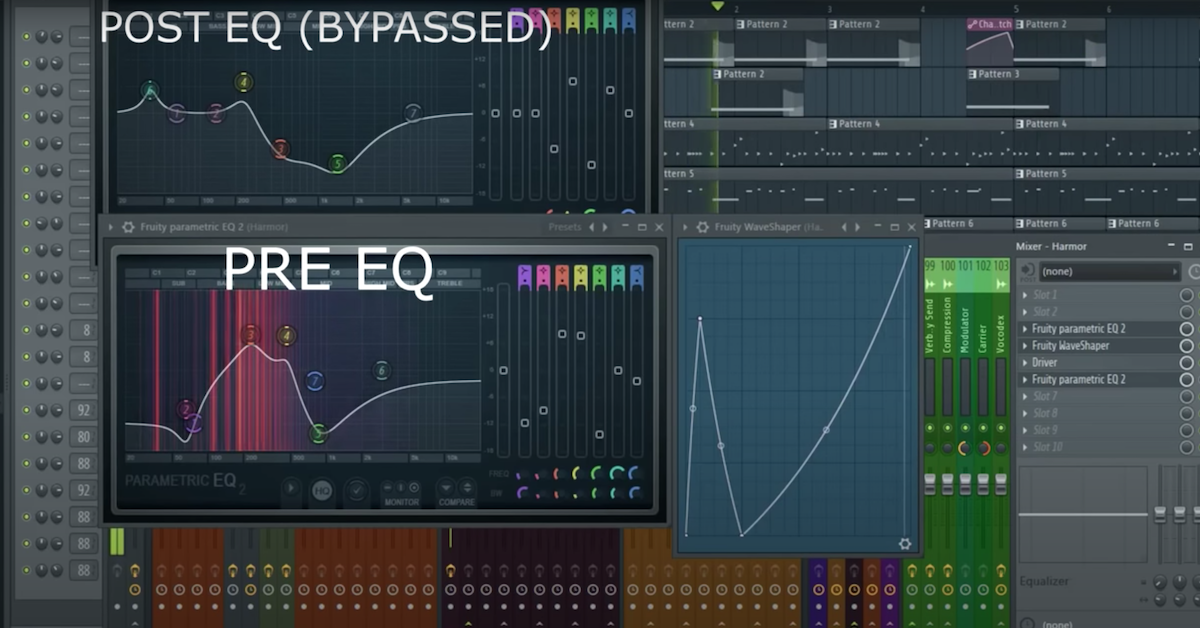4 Tips for Sound Designing for Picture
Article Content
What is sound design? According to The Association of Sound Designers, the “sound designer” is defined as an entity that’s “responsible for everything the audience hears.” This role sometimes overlaps with that of the music composer, music supervisor and audio producer.
This suggests that sound designing goes beyond a specific role where an audio engineer just selects a bunch of sounds off audio sample libraries and hands it to the creative producer. His or her role is crucial and contextualized, whether sound designing for a commercial, a film, a documentary and so forth. I’d like to share some tips I’ve learned in my journey thus far.
1. Understand Your Role
As a sound designer, it’s important to recognize the relevance of sound cues throughout the motion picture.
This can be as simple as the sound of a car horn or the slamming of a door, or it could be as complex as capturing the sound of a jet plane taking off and editing it.
Either way, the role of the sound designer is key in every frame of the set as long as there is some form of interaction. These sound cues and the sounds tagged to them are responsible for setting the mood and atmosphere for a specific scene.
It would be therefore imperative for the sound designer to be crystal clear on the sound cues dictated by the creative producer or music supervisor. The necessity of a relationship between these roles cannot be emphasized enough.
2. Work Closely With Others
Audio producers are often advised to work closely with visual compositors. While this is imperative, within each team itself there are players with different roles. The sound designer and music composer of the set for instance, may be different people, and given how closely their duties intertwine, it is vital that one person understands and respects the role of the other.
This will affect the sound programming process of the visual set. For instance, if a specific scene has or requires audible effects with lots of low frequencies, it would be ideal for the music composer to score something that does not overlap and muffle the picture.
I have been asked to remove a kick drum from parts of a song at certain points and though this musically seems incorrect or strange, when tied in with the sound effects of the ongoing scene, it makes perfect sense.
3. Be Prepared For Changes
If you’re an audio engineer reading this, I’m sure you’ve heard countless times that you should never export a mix and call it final. The same goes for sound designing. Expect minute changes. Expect them to come at inconvenient times. Expect clients to want revisions and supervisors to want changes made regardless of how tedious the process is. It’s all part of the game.
Also, please remember to make copies of your project. I cannot emphasize this enough and have personally endured the harsh punishment of watching all my plugins, software, notes etc. disappear — and boy, did I regret.
4. Pay Attention To Detail
As a sound designer, the pitch and tone of your sound effects play a large role in adding dynamics and contrast to the atmosphere. Adding reverb to the sound of stairs creaking and stretching each creak for instance, easily sets a tense, cold, and impending mood thanks to the unsettling frequencies amplified by the reverb’s resonance.
Lastly, recognize that composing, sound designing and mixing for picture is very different from the usual process we audio engineers are accustomed to. Copying and pasting the same principals or adopting the same approach for picture as you would in the studio is a recipe for disaster. It’s also tremendously important that you as the sound designer understand that the audio elements in a film or commercial will always take a supporting role — with the picture being in the spotlight instead.
You are not making a music video. You are marrying sound to enhance a visual in order to translate a director’s vision into reality.






